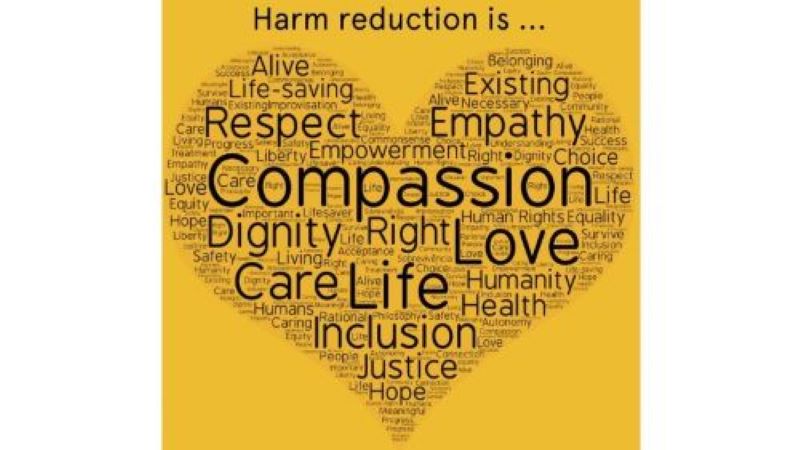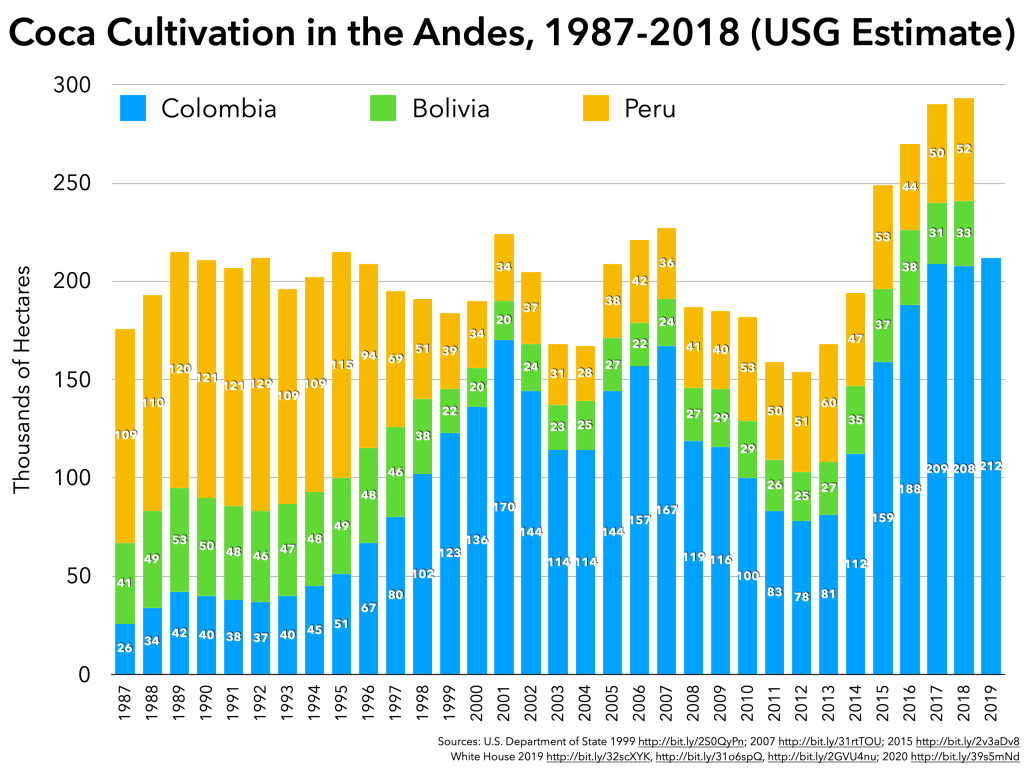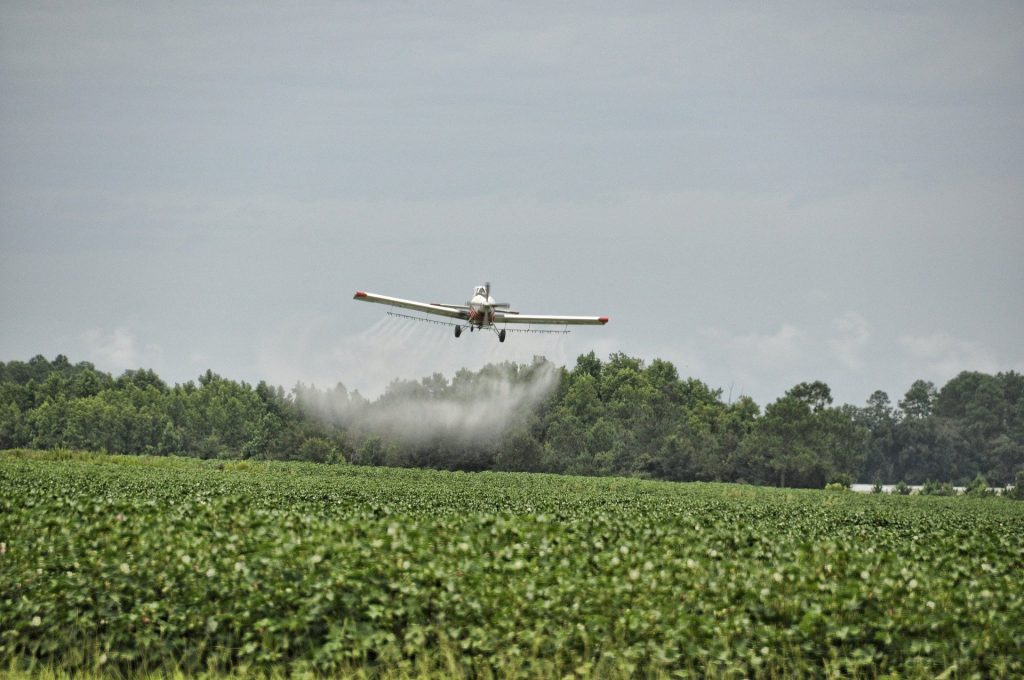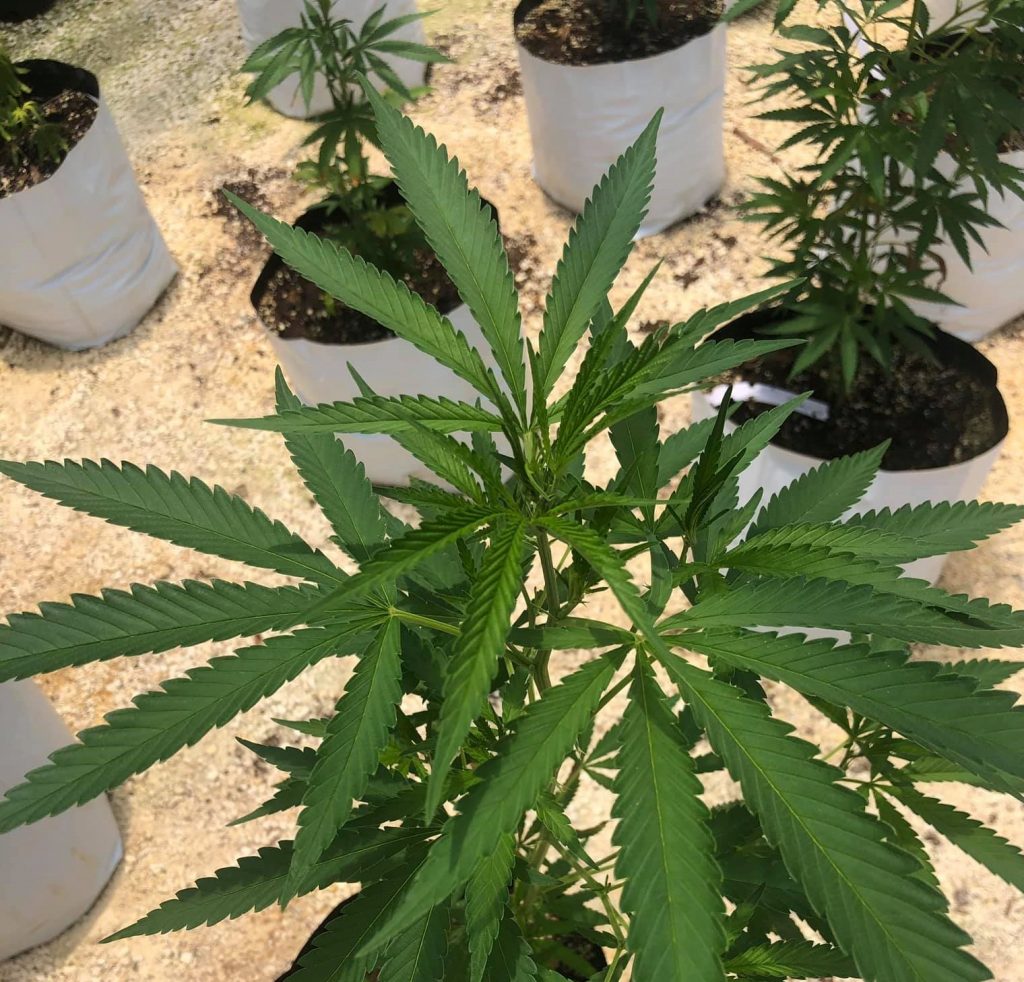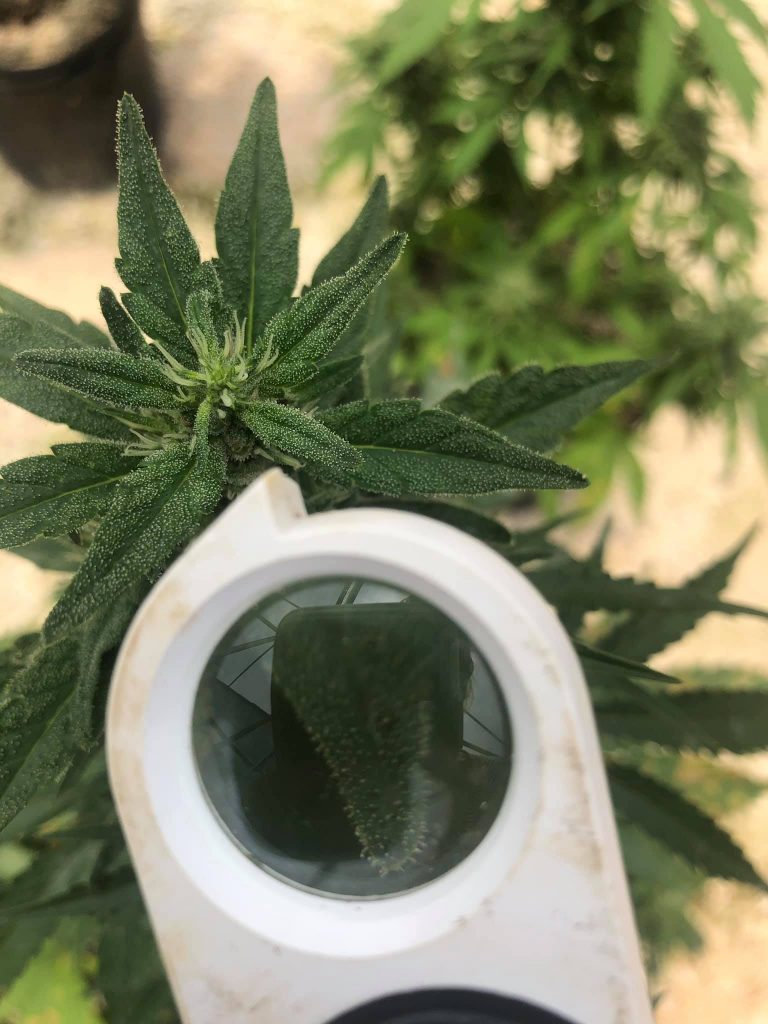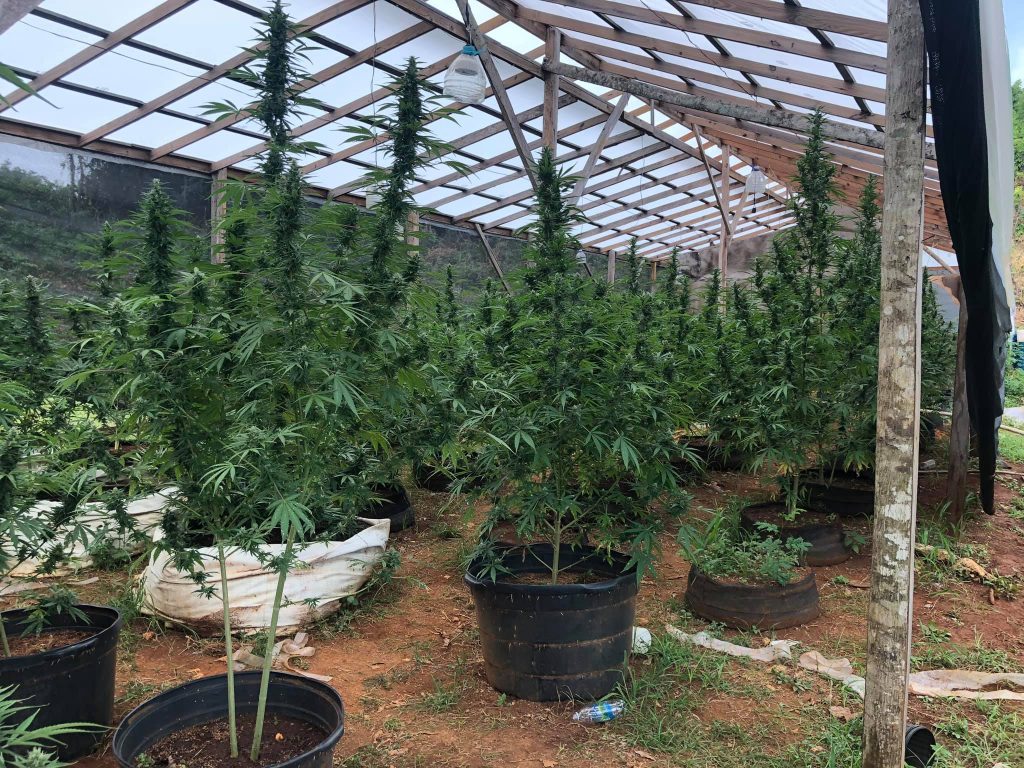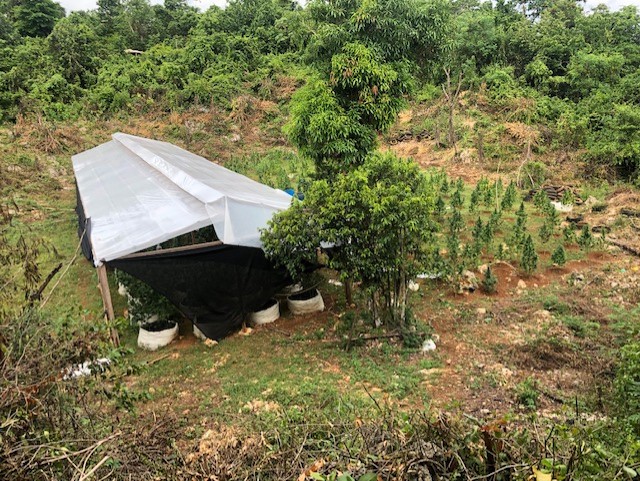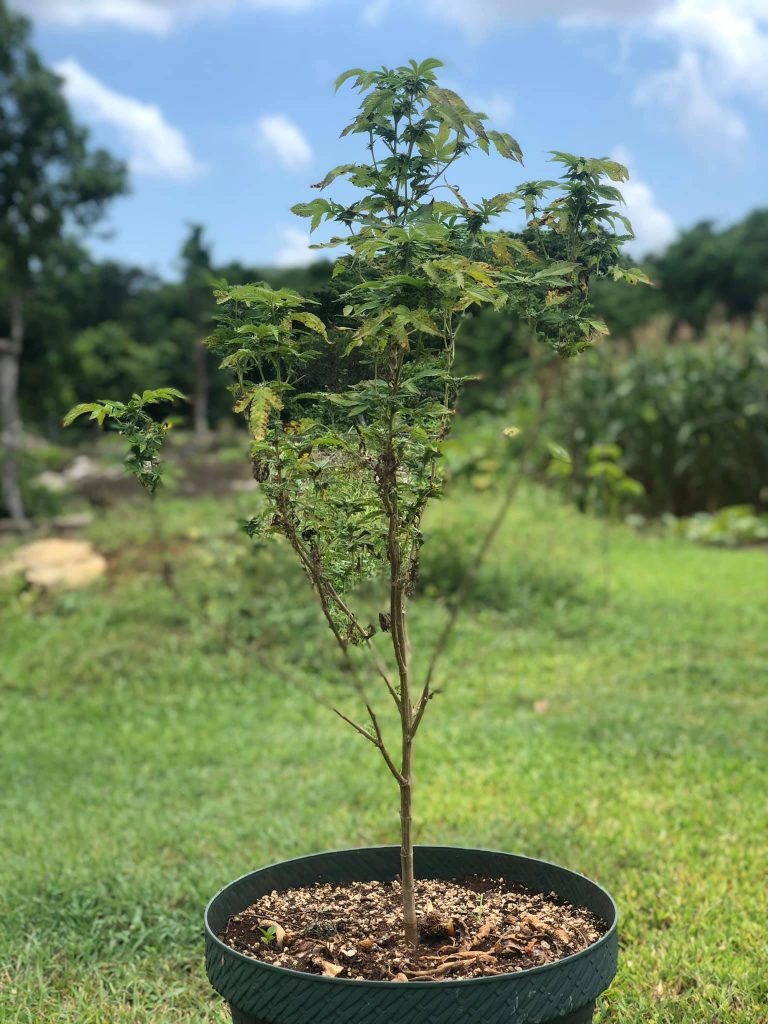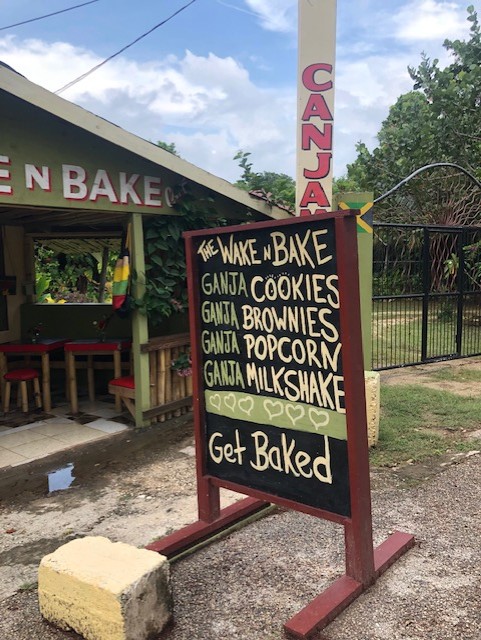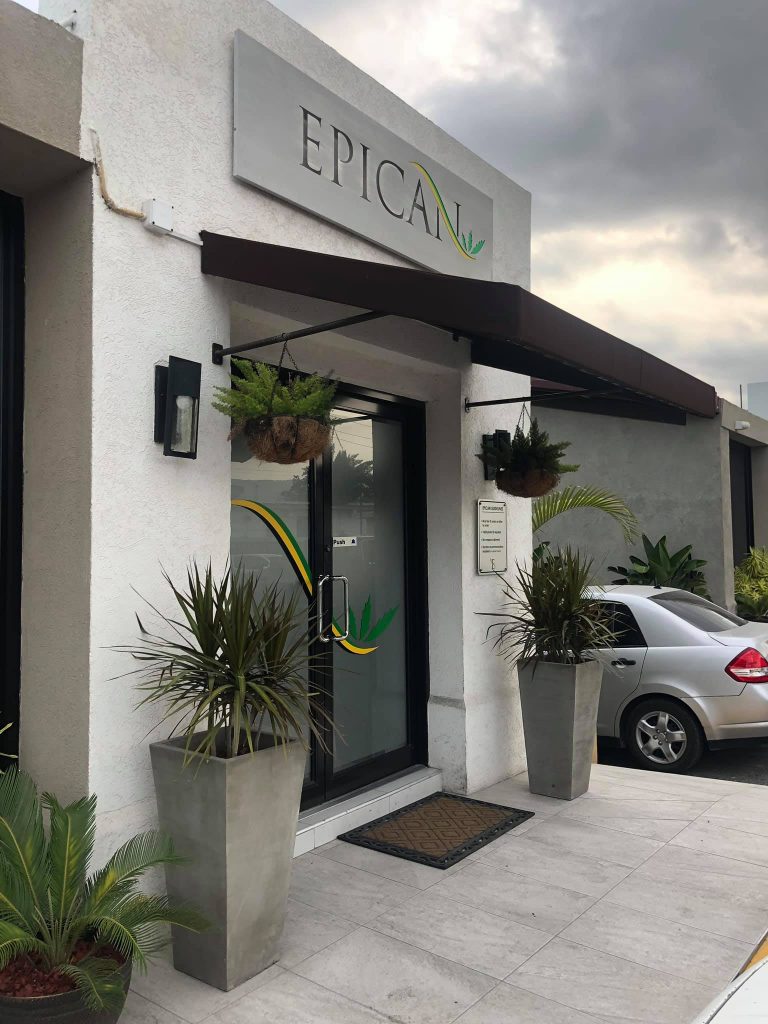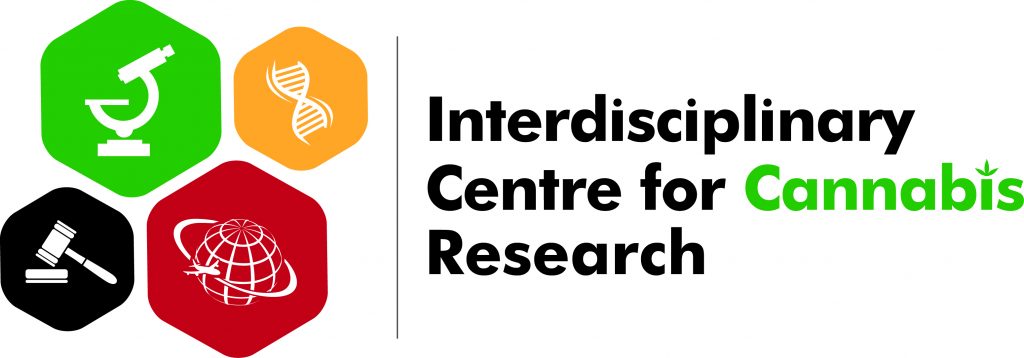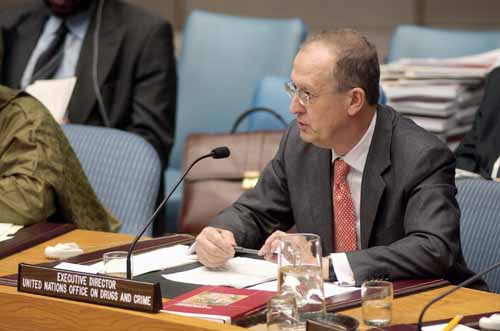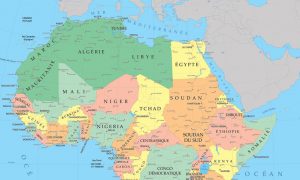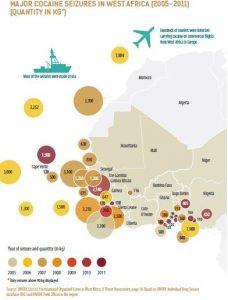By Joe Janes, Lecturer in Criminology, Swansea University and GDPO Harm Reduction project lead
Saddle up! Today, we’re diving deep into harm reduction and the Spike on a Bike project Saddle up! Today, we’re diving deep into harm reduction and the Spike on a Bike project in Dyfed Powys, where a revolutionary project is flipping the script on conventional thinking. We are putting the pedal to the metal with the architects of a project that’s not just changing lives—it’s rewriting the rules. What follows are excerpts from a conversation with Sian Roberts (Barod Operations Manager) & Paul Thomas (DDAS Assistant Manager).
Spike on a Bike is a service offered by Dyfed Drug and Alcohol Service (DDAS) where clean injecting equipment and other harm reduction services are delivered straight to the door – fast and for free. https://www.spikeonabike.cymru/about

Sian and Paul, thanks for talking to us today. Why did this project begin, and what issues does it address?
Sian: It began as an idea 11 years ago. Someone in the office actually made a bit of a rude joke [regarding a possible title for the concept] and that is where ‘spike on a bike’ came up as a catchy name. Then we had never really been in a situation where we could afford to deliver that kind of service in our budget. So, it had always been on the back burner. I was always looking for an opportunity for us to do something like that. Then the pandemic came, and we were doing our quarterly reports we saw that our needle exchange activity had changed dramatically. We’d seen a significant reduction in the number of transactions we were seeing through the needle exchange.

Because of this reduction… ‘spike on a bike’ came into my head straight away. When we had been consulting service users and asking our regular needle exchange users ‘why aren’t you coming in’, there were a lot of things to consider. There was a fear of COVID-19 transmission, being arrested, or being in trouble with the law because, at the time, people were being told to stay home.
There were also police particularly patrolling in the Ceredigion area and stopping people if they were driving. There were people who were obviously isolated or protected because of their convictions and couldn’t go out and get their clean works, and there were rurality and public transport issues. So, we thought, right, we need to do something… we had some underspent money in our budget…and we thought, what are we going to do with it? That’s where ‘spike on a bike’ came from. I discussed it with our directors, put a business case and proposal together, and asked Paul to give me a hand with it because, at that time, he was the only person I really knew who had ridden motorbikes before, so that is why his kind involvement came in. Paul had been moving into the assistant manager post by then and was already in the leadership team, and that’s why it grew and became a need.
Paul: It’s flourished, hasn’t it? I think the proof is in the pudding. When we look at the most places it is used, it is Ceredigion. Even though the numbers aren’t as huge as I certainly would want at the moment, it has proved the need for it is there, especially for Ceredigion. It has been fantastic to see that the service has taken off and done what it says on the tin. I think we’ve managed to evolve further when we are looking at non-fatal poisoning, drug-related deaths, admission of naloxone and doing follow-ups using ‘spike on a bike’ for that specifically as well.
Sian: Just to add to the non-fatal poisoning that Paul is talking about. We work in conjunction and partnership with the police and A&E. When someone is presented at A&E…they try to prevent them from being a fatal poisoning because drug-related deaths are up in Wales, but down in Dyfed compared to the year before it. One of the things that would be really successful to do in Dyfed is to make sure that those non-fatal poisonings don’t become later fatal.
Sometimes, we’ve seen the need to have several non-fatal poisonings before an intervention, not necessarily in Dyfed, but in Wales. Where an intervention could have been put in place, perhaps that could have saved a life. We make sure we get that notification and we are utilising the ‘spike on a bike’ initiative to get naloxone out in the community to the people and the people surrounding the user.

What issues would you say ‘Spike on a Bike’ addresses?
Sian: Harm reduction is in our DNA. It is the golden thread that feeds through all of our services. ‘Spike on a bike’ is just one of those. Harm reduction, how we define it, is not just about how we reduce harm to individuals, but it’s how we reduce harm to society, communities, and our economy. In wound care, for example, people in the community suffer great stigma when they are service-use users. When they present to their GP or A&E quite often they will get a judgemental response, which further impacts their likelihood of seeking treatment from any services.
They could be in a situation where they brought a minor wound, which could be easily managed by the ‘spike on a bike’ scheme because we deliver wound care packs. This may prevent an amputation, a gangrenous infection, or an abscess, which would then further impact our NHS, which is already burdened. We try to make sure people get the appropriate care for what they need at the time that doesn’t need to escalate. Obviously, if somebody needs A&E, a GP or medical treatment, we will signpost them to that. We’ve got people who are interested in Naloxone or hearing more about overdose awareness. The issues it targets are overdose prevention, trying to reduce the number of drug-related deaths, and preventable deaths. Trying to reduce the number of non-fatal poisonings as well as raise awareness about naloxone and what it can do to save people’s lives. Dry blood spot testing relating to bloodborne virus transmission is also important. We know that people who reuse their own works or don’t use clean works or share with other people. When I say works, I mean injecting paraphernalia. We know that they are at greater risk of bloodborne virus transmission, which is hepatitis B, hepatitis C and HIV.

Would you say that Spike on a Bike addresses the stigma of drug use?
Paul: I think, in addition to the services discussed, ‘spike on a bike’ adds extra value in relation to the reduction of stigma that Sian spoke about. It may not lead to anonymity per se, but there is an element of that. For those individuals who may not be aware of the service or may not have historically come into service, it gives them extra avenues. It addresses the issues that they faced previously and overcomes those barriers of walking in or getting a needle exchange. That’s a big impact, isn’t it?
Sian: Absolutely, and as Paul alluded to there, this service isn’t just targeted for people needing a needle exchange. It is also targeted to professionals who may be working with a client who isn’t in treatment with us; they might go to their home and see loads of used sharps everywhere that need cleaning. Quite often, we have phone calls with professionals or requests on the ‘spike on a bike’ website saying, ‘Can you come and dispose of these sharps safely?’.
So, a SOAB rider will go out and take a sharps bin. We have needle pickers where we can dispose of them safely, take them with us and make that home safe again. Moreover, we do have populations that wouldn’t traditionally come into a needle change or substance use service. The obvious ones that pop up now are your IPED users (image/performance-enhancing drugs). They do not see themselves in the same way as traditional illegal drug users.

They may access a service like this to get pins and barrels for their consumption of steroids and image-enhancing drugs. Also, people who are concerned about someone else’s drug and alcohol use. It might be their children or adult children living at home. They have sharps in their bedroom, and their mum and dad don’t know what to do with them. They might contact us to come and do that. We are also an avenue, we must not forget, into treatment for people. When they are utilising this service, which is very non-committal, no one has to sign up to enter treatment. No one has to sign up to make any changes. This is all about how we reduce harm and make people safer, including safe sex as well. We provide contraception through SOAB, too.
What would you say are the benefits of this programme?
Sian: We are reducing harm to people who use substances and trying to make them as safe as possible. By doing that, we reducing health-related risks but also the cost to the economy and making our communities safer. It is also about building a compassionate approach to the way we view somebody with a mental health condition.
Most people in our communities have empathy at some level for people with mental health problems. For someone who uses drugs or alcohol, it seems a self-inflicted problem and therefore reduces the levels of empathy for them, even though it’s someone’s son, someone’s daughter, they are someone’s someone. Addiction doesn’t discriminate. It can happen to any of us at any time. The project is very much geared toward reducing stigma to try and make the services as accessible as possible and reduce barriers.
Paul: The main bit for me is the accessibility. Sian and I wanted the service to have an impact on the community. It’s not just our service users, it is for the community as a whole. If you look at needle picking, house clearances, and health advice, they are much broader and more accessible. To reach those people that wouldn’t normally come into the service.
How would you say this project is different from what is currently available?
Sian: Its not, it mimics all the services to people that access it when they come into our buildings. The only difference is that we are taking that service, which historically has been a fixed service in a building, out in the community, to wherever it needs to be. No one is disadvantaged regardless of their rurality, regardless of disability or physical health, even their anxiety. The nature of our clients is that they will feel stigmatised and nervous, maybe suffering from other mental health problems and struggling to leave their homes. The service is exactly the same, but the way you access it is different.
Paul: It’s the flexibility, it’s an exaggerated outreach project that covers all areas of the community. That’s a unique selling point, it’s the flexibility and mobile aspect of it.
Sian: You might not have people who are that trusting of services. Going online and being able to order your equipment discretely are I think how we are different in that respect to the rest of Wales or Europe. This is the only service of this kind in Wales or Europe. We are pioneering, although taking inspiration from Spikes on Bikes, push bikes, a Canadian intervention service launched in 2016 in response to the overdose crisis. The programme offers harm reduction supplies to drug users and responds to overdoses and reports of discarded injections across Vancouver’s Downtown East Side and West End.

Who would you say is the clientele of this service, and would you expect this service to bring out a different demographic?
Sian: We hope so. We would hope to see people who have not historically engaged with us. Or who have chosen not to come into treatment services for whatever reason. Those might be people with physical health problems or in the depth of the hard-of-hearing community or LGBTQ+ who wouldn’t know we are diverse in our staffing and people who use the services. It could be they are worried about facing stigma or that they physically can’t come into the building. We are hoping to reach people who are traditionally harder to reach. It is a service for anyone.
We don’t like to propose stereotypes because addiction affects everybody. People who choose to inject, who are using drugs and alcohol, whether that’s in a problematic way or recreational way. People who have been addicted to prescription drugs through irresponsible prescribing of over-the-counter medications. Family members, friends, and loved ones of those using. Professionals also working with our service users. It could be anybody.
Paul: Someone asked me once what our criteria were for eligibility criteria to use our service. I said there isn’t one if someone needs our help. Whether that is a concerned other, whether they are dependent on alcohol or other substances. That question came from a health professional, and they were aghast that there wasn’t a criteria. A core ethos of harm reduction approach of Dyfed and DDAS is that the service is open to everyone.
Thank you both, keep fighting the good work.



